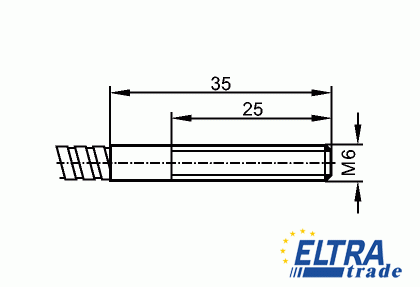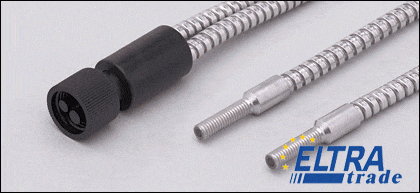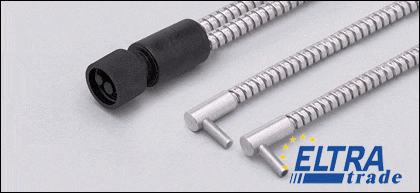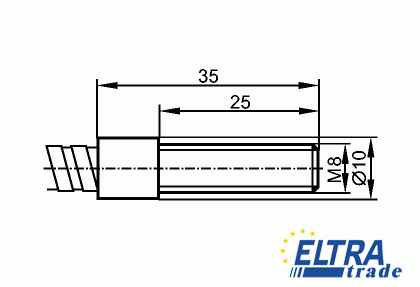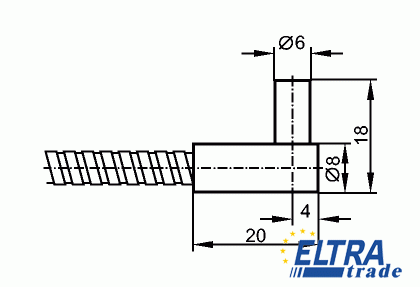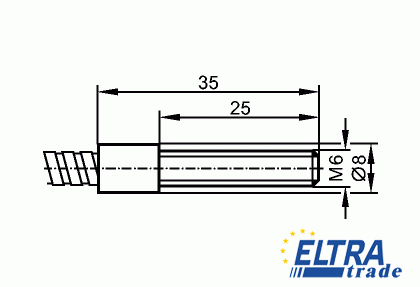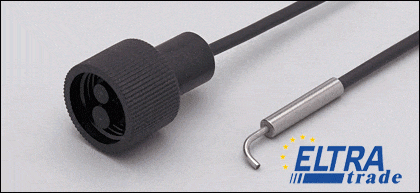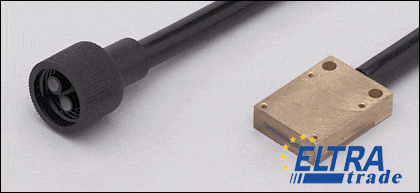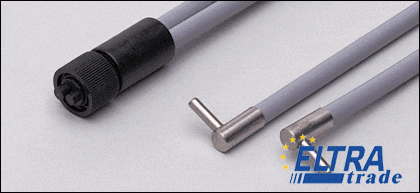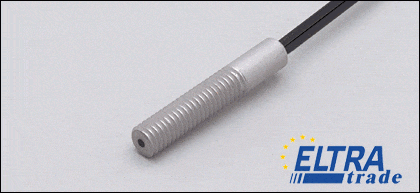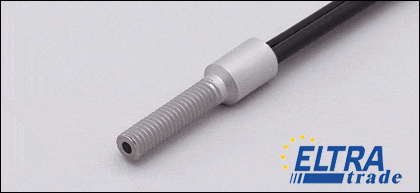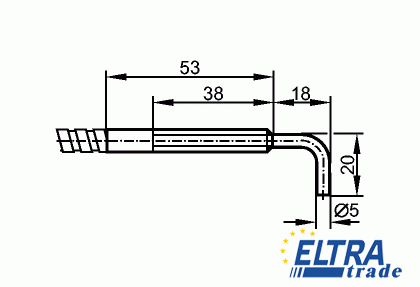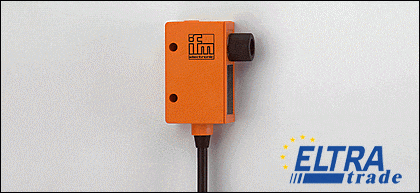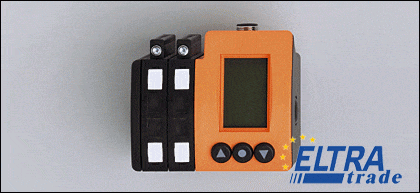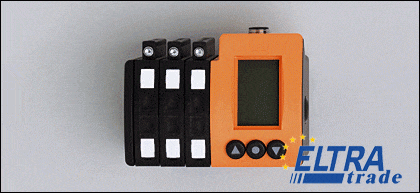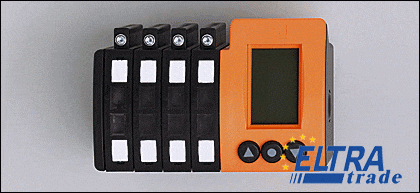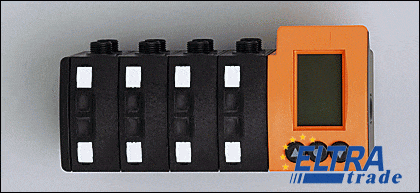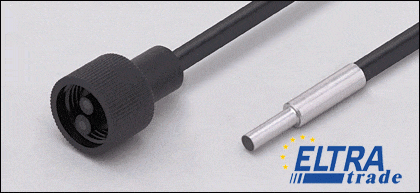IFM Fiber optic sensors
Through-beam sensor, Ø 1
Through-beam sensor, M4
Through-beam sensor, Ø 3
Through-beam sensor, M6
Through-beam sensor, Ø 6
Through-beam sensor, M6
Diffuse reflection sensor, Ø 1
cross section converter, 5 x 15 x 20
FE-00-A-A-R3/1,5M
Through-beam sensor, Ø 3
FE-00-M-V-M4/2,5M
FE-00-M-V-R3/3M
FT-00-M-V-R4/3m
FE-00-M-V-R3
Through-beam sensor, 5/16"x24
Through-beam sensor, 5/16"x24
Through-beam sensor, Ø 5
Through-beam sensor, Ø 5
FE-50-V-V-X/0,9M
Fibre-optic amplifier, Rectangular, plastics, DC NPN, Cable
Fibre-optic amplifier, Plastic housing, DC PNP, 4 channels for 4 plastic fibre optics Types FE-11 / FT-11, No mutual optical interference, Graphic display, Central operation, Electronic lock, Function check output, Connector, Function check output, Graphic display
Fibre-optic amplifier, Plastic housing, DC PNP, 6 channels for 6 plastic fibre optics Types FE-11 / FT-11, No mutual optical interference, Graphic display, Central operation, Electronic lock, Function check output, Connector, Function check output, Graphic display
Fibre-optic amplifier, Plastic housing, DC PNP, 8 channels for 8 plastic fibre optics Types FE-11 / FT-11, No mutual optical interference, Graphic display, Central operation, Electronic lock, Function check output, Connector, Function check output, Graphic display
Fibre-optic amplifier, Plastic housing, DC PNP, 8 channels for 8 glass fibre optics Types FE-00 / FT-00, No mutual optical interference, Graphic display, Central operation, Electronic lock, Function check output, Connector, Function check output, Graphic display
Fiber optic sensor is a measuring transducer, which is a sensitive element and a medium that transmits optical radiation, used in export simple guidance.
A thread optic sensor is a transducer that uses optic lint as its main element. Fiber optic sensors can be roughly divided into:
- actuators that employ an optic staple as a transmission line, and
- detectors that use an optical fiber as a sensing couple.
One of the new and promising fiber-optic sensors for temperature and mechanical deformation is a sensor with a sensitive element in the form of a segment of fiber light guide, in the structure of which an additional refractive index is induced, which has a certain spatial distribution (fiber lattice). Such a fiber-optical actuator ensure a narrow-band reflection of optical radiation, the wavelength of which depends on external influences.
Important benefits of IFM fiber optic sensors:
- protection from the effects of electrical fields,
- high sensitivity,
- reliability,
- wide dynamic range of measurements,
- high corrosion and radiation resistance,
- electrical insulation strength,
- explosion and fire safety,
- the possibility of carrying out measurements at a considerable distance,
- small inertia.
Prospects for the use of staple-visual transducers:
The use of filament optic actuators is promising, because due to their small size they can be very compact, there is no need for an external power supply, which allows them to be placed in a remote location, in addition, a large number of sensors can be connected to one fiber by multiplexing using various wavelengths of radiation for each sensor, or by measuring the delay time of data from each sensor.
Advantages:
- radiation resistance;
- resistance to almost all combustible and aggressive environment;
- stray insensitivity from electromagnetic affects;
- full optical galvanic isolation from electronic equipment;
- extended operating temperature range;
- high mechanical strength and reliability;
- distributed, multi-sensor measurements;
- high performance;
- long service life;
- small dimensions and flexibility;
- multiplexing a large array of sensors on a single fiber.
The main directions in the growth of IFM fiber optic sensors now are integrated optical technologies that will allow combining electronic processing circuits and micro-optical components in a single crystal or micromodule. This will significantly reduce the cost of fiber sensors and increase their performance.
Another promising direction is considered to be the combination of the capabilities of the already created -technology and integrated optics. This can lead to the creation of a whole class of devices, the implementation of which on a macroscale is extremely difficult or impossible. Micromechanical devices manufactured using micro- and nanotechnologies can serve as an example of the combination of optics, mechanics and electronics: for example, a DLP processor based on actuator technology uses an array of rotary micromirrors that modulate the reflected light flux according to a given algorithm.
IFM produces full range of fiber optic sensors with maximum high quality. You can buy any of the model in our online store with the best price.
